The Rover 75 is a car whose career was cut short by talk. It was talk that not only sabotaged one of the best cars Rover ever made, but brought down the company as well.
A few hours before that poisonous outburst, things were looking quite good for Rover. It had just unveiled the 75 at the Birmingham Motor Show, where Jaguar also revealed its S-Type, and it was gradually dawning on the attending press that one of these cars was rather more convincing than the other. And no, it wasn’t the Jaguar.
The S-Type’s retro references to the 1960s S-Type looked forced to the point of awkwardness, while its interior was almost bereft of the kind of beautiful detailing, and quality, that usually makes a Jaguar cabin so appealing.
While the 75 was also a car with a wheel or two in the past, it was vastly better proportioned than the Jag, and had a strikingly original wood and leather interior of decidedly superior finish – even if that would not be obvious until people started spending time with these cars.
Such was Rover’s battered reputation and long history of launching interesting cars that ultimately disappointed, nobody was getting too excited yet. That was despite this being the first Rover developed under BMW ownership, the German company buying the British one four years earlier in 1994.
Also, the 75 looked like an obvious descendent of the Rover 600 that had come before it. This Honda Accord-based car was handsome enough, and reliable too, but it would be a while before the positive difference between BMW quality and Honda quality, as harnessed by Rover, shone through.
The Brits take over Birmingham 1998
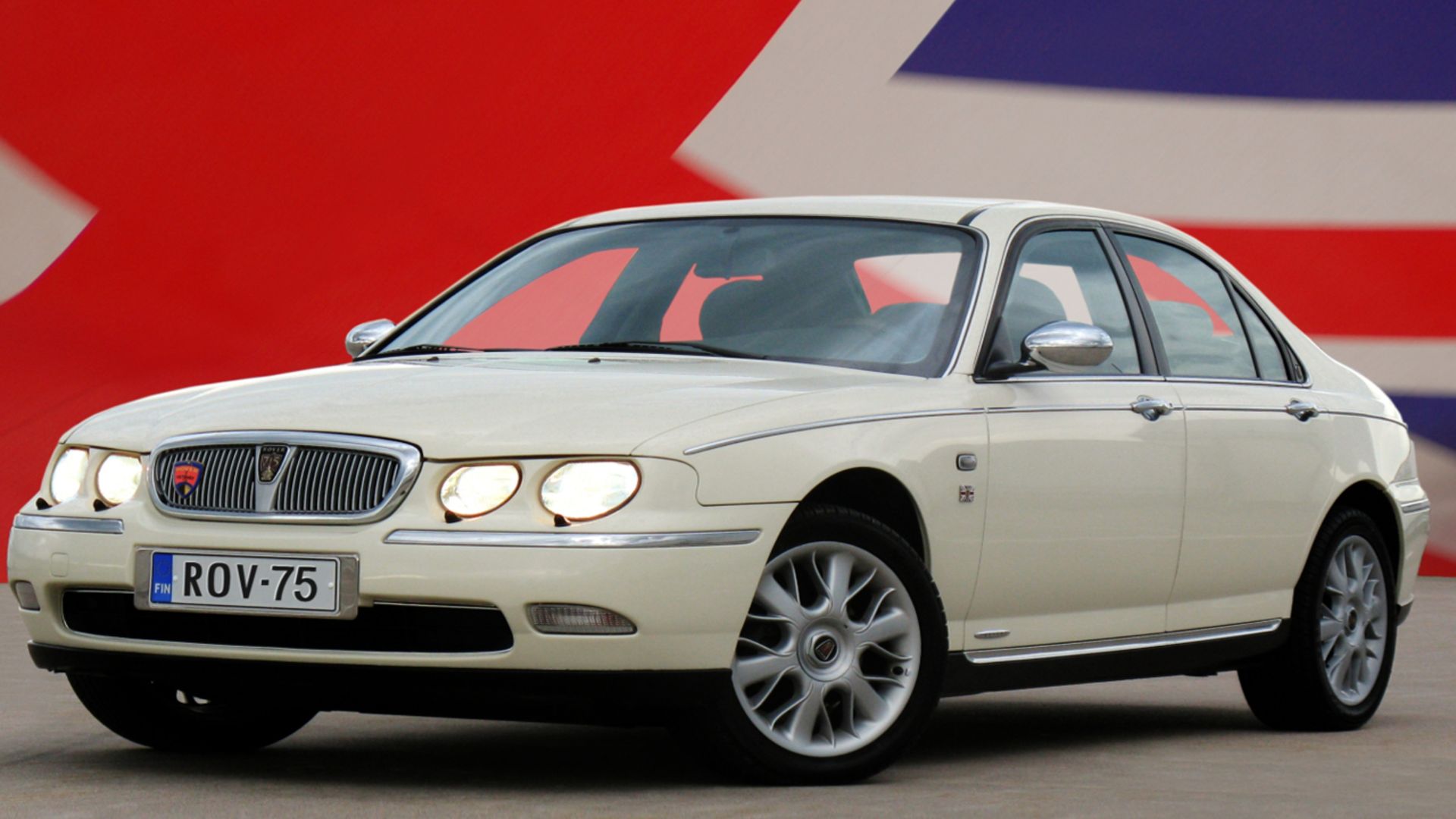
Both Rover and Jaguar were unveiled on the morning of October 20 1998. This was press day at the Birmingham motor show, and the first time either car had been seen finished and undisguised.
Late on the same afternoon Rover held a press conference expected to provide wider detail about the 75. It was scheduled to start at 4pm in a room away from the show itself, and because the car had been revealed hours earlier, many journalists did not attend.
They missed a drama far more significant than the unveiling of a new car.
The conference started late, kicking off just before 4:30pm, the delay caused by the late rewriting of BMW Group boss Bernd Pischetreider’s speech.
Pischetsreider wanted to use the opportunity to petition the UK government. First, because the pound’s rise against the euro was crippling the business. In 1997, Rover’s losses had been cut to £91m. In 1998, the year of the 75’s launch, they were rapidly heading towards a stinging and near-unviable £600m.
BMW wanted the government to take action over the currency – Rover was easily the UK’s biggest exporter at the time – and it also wanted the government to contribute £200m towards the huge investment that the Germans were about to make at Longbridge for the new Mini and smaller Rover R30 project.
A ‘hugely serious’ issue
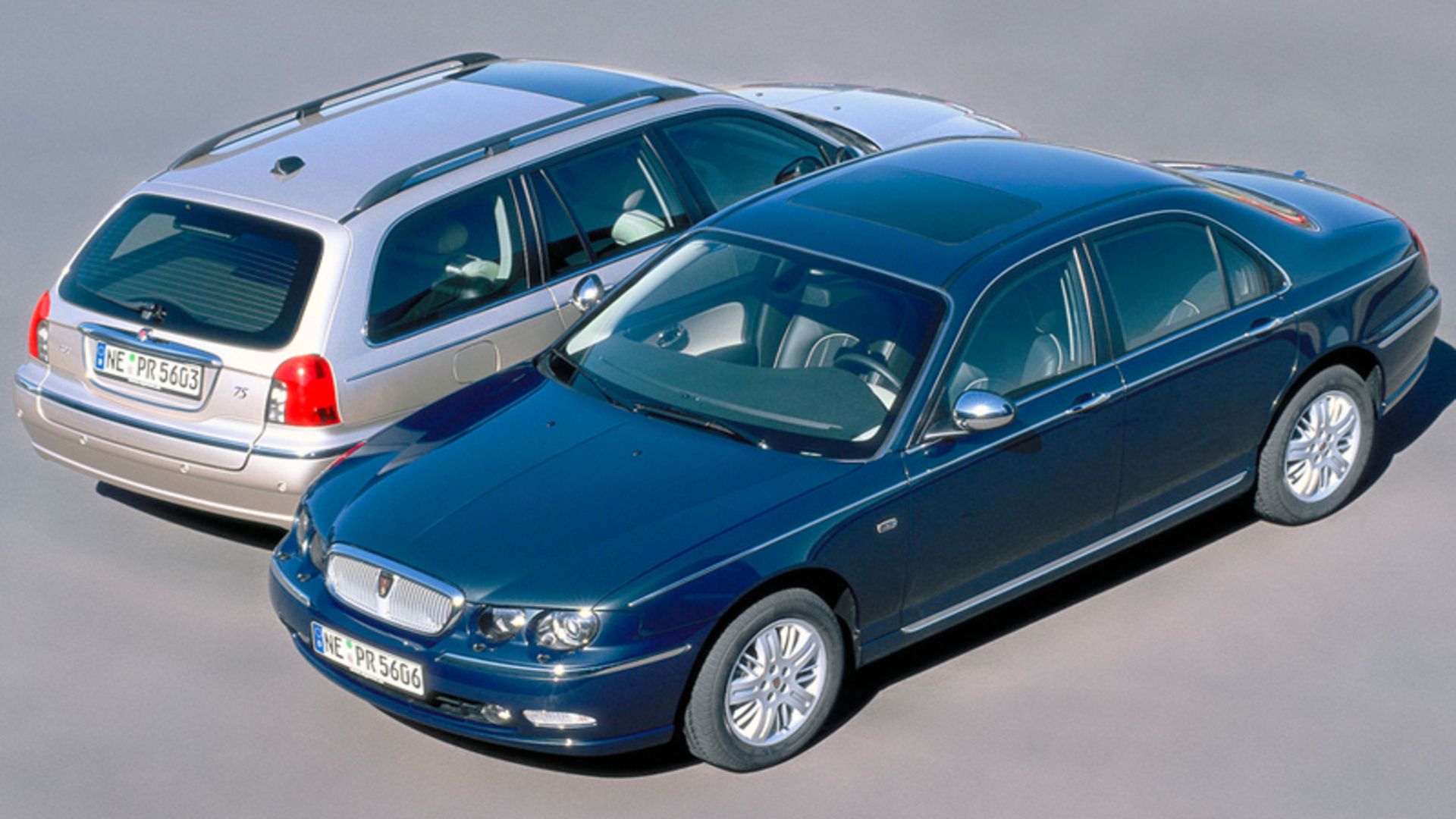
BMW, which usually likes to conduct such business in private, was having trouble getting across to the government that this exchange rate issue was hugely serious, and that it needed help to update a factory that had seen no serious investment since 1980, some 18 years earlier.
As it was, BMW was planning to cut jobs and introduce more flexible working practices in an effort to save £150 million a year for the next three years. But if it did not get the support, then Longbridge – one of the biggest industrial complexes in the UK, outdated or not – would be wound down.
And that is what Pischetsreider outlined during one of the most bombshell-laden question-and-answer sessions the UK car industry has ever seen. Criticism of Rover’s productivity, the possibility of Longbridge closing and an apparent admission from BMW that its commitment to the revival of Rover might be wavering, did a fine job of sabotaging the 75’s launch.
Enter The English Patient
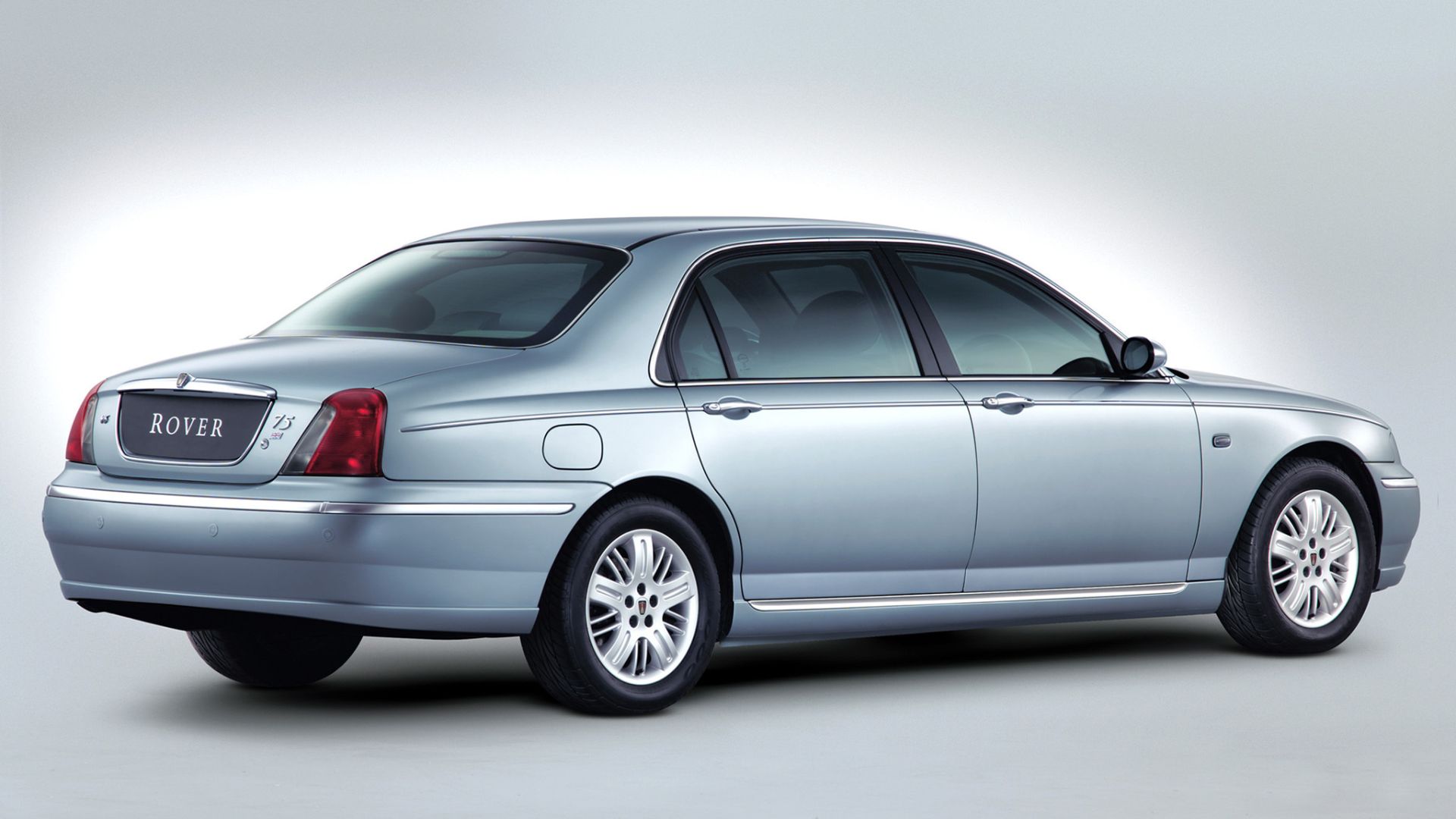
It wasn’t so much a shadow as a total eclipse swamping the car’s birth, the following day’s papers full of the threat to its maker’s future. The stories also confirmed what many people within the car industry had known for months: that there was significant conflict between BMW and Rover management, and that there was a sizeable and fast-growing faction within BMW that wanted rid of Rover. ‘The English Patient,’ they disparagingly called it, after the film of the same name.
Yet the car itself did not look like the product of an ailing business. Granted a decent development budget, improving facilities at the Gaydon development centre, access to BMW’s considerable engineering resources and a parts bin studded with high-quality, up-to-the-minute kit, the ‘R40’ development team produced a car to match the quality of Rovers produced in the 1950s and 1960s.
The 75 had a particularly stiff bodyshell – essential for refinement, suspension effectiveness and crash performance – as well as BMW’s admired multi-link ‘Z’ rear axle and a sophisticated MacPherson strut layout. It was intended to produce the world’s best front-wheel-drive chassis.
The engines were Rover’s own four- and six-cylinder ‘K Series’ units, plus a strong BMW turbodiesel. At this point, the issue of the K Series four’s cylinder head gasket design had yet to boil up.
Award-winning styling
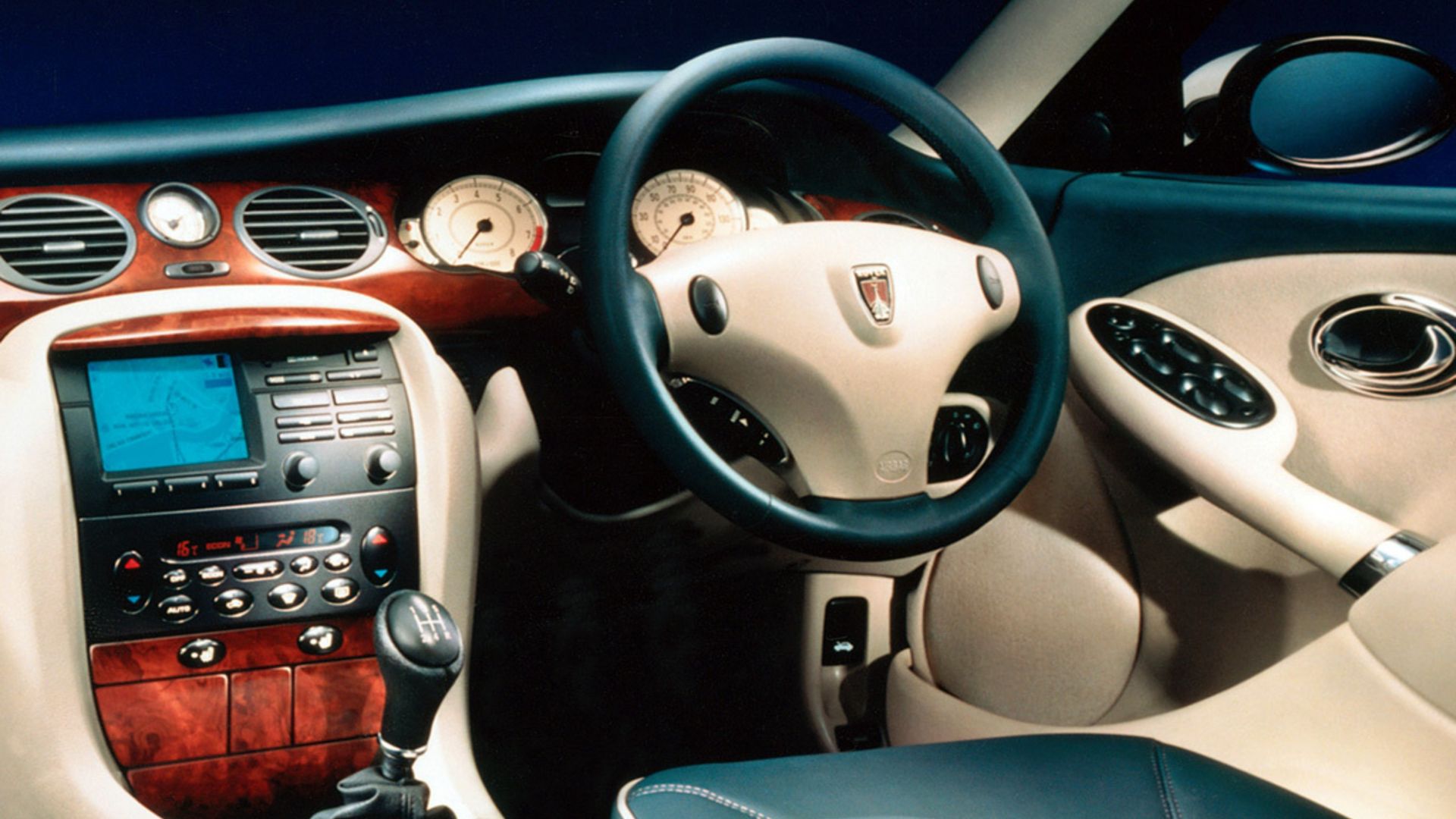
The 75 impressed most with its styling, though. At first, the chrome grille and the body’s understated sculpting looked unexceptional. But the more you looked, the better it got. The way the wings flared over the wheels, the clean-cut flanks, the tasteful deployment of chrome and the unfussy detailing still look good today, and won the 75 awards for its styling at the time.
Inside, it got a little radical. There was the expected wood and leather, but the sculpture of the dashboard, the cream instrument faces, the unusual door trims and the sumptuously upholstered seats produced a particularly inviting cabin, and one of genuinely high quality. The dashboard’s wood was real, and expensive soft-feel plastics were used almost everywhere that wood, leather, cloth or carpet were not.
Better still, the 75 drove very well, impressive in particular for its ride comfort and civility. Although its road manners were soft, it handled impressively when pressed. By the end of its first year, it had attracted plenty of positive reviews, plus 15 international awards. But it had not attracted remotely enough customers.
Sales targets missed
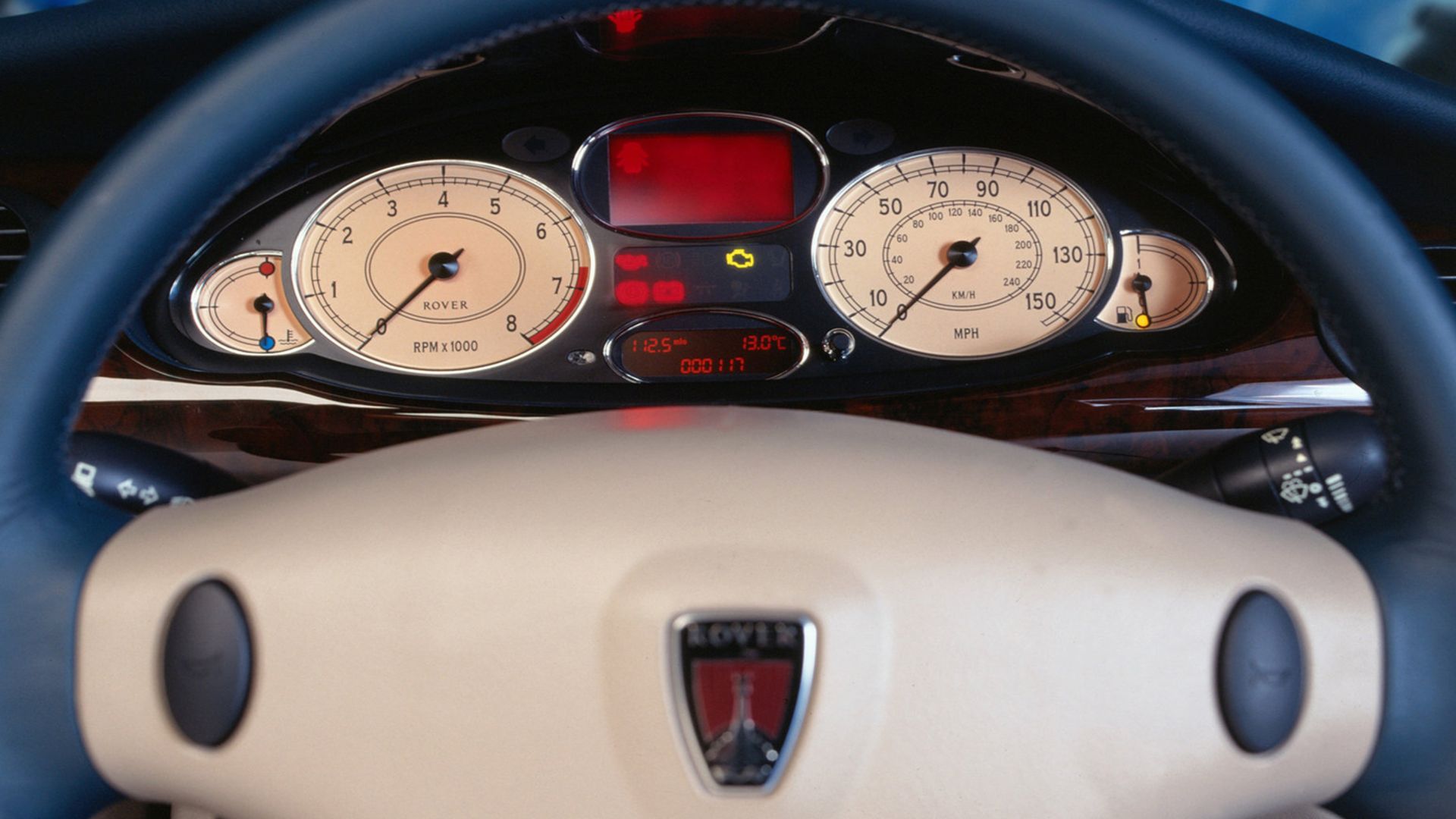
The effect of Pischetsreider’s tirade was to severely limit 75 sales, the question of Rover’s survival once again in doubt and intensified by an increasingly regular flow of negative stories. BMW and Rover had originally planned to sell 140,000 examples of the 75 annually – actually an optimistic ambition even taking account of plans to export more cars.
This forecast eventually fell to 100,000 by the time the car was launched six months late – for quality reasons – in June 1999. One year into its career, even that figure looked like a distant dream, just under 60,000 cars coming from a Cowley factory that had the capacity for 140,000. Not only did demand fail to push output anywhere near that level, but it was not long before the Oxford site stopped making 75s altogether.
In spring 2000, BMW announced it would sell Rover, initially to the private equity business Alchemy, which envisaged a much-reduced business that would concentrate on MG, but ultimately to the Phoenix Consortium, led by former Rover boss John Towers.
Phoenix euphoria ‘naive’
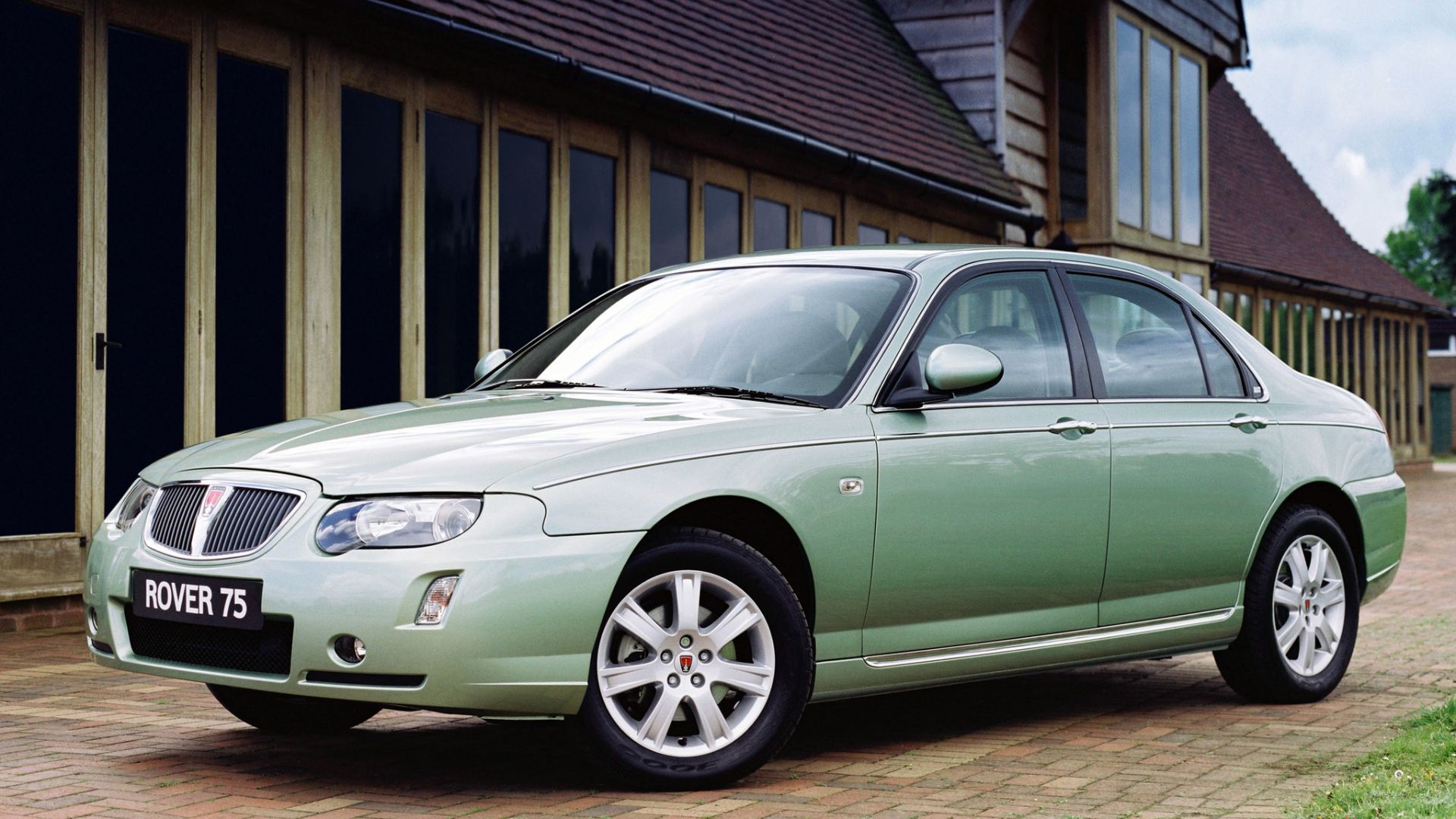
The Phoenix plan aimed to produce 200,000 cars annually and retain more jobs. It was increasingly seen as a better future for BMW’s cast-off than Alchemy’s seemingly brutal plans. Phoenix won the day, amid euphoria that would soon be seen as naively misplaced.
MG Rover, as Phoenix renamed the business, lasted a little less than five years. It went bankrupt in April 2005, having failed to find a partner of any significance that might enable it to invest in the much-talked-about, and ultimately mythical, new medium car. In the meantime, the 75 was by far the strongest model in MG Rover’s range, being newer and more completely developed than the smaller 25 and 45.
MG Rover was not without its high-points: the creation of three MG ranges out of the three Rover models was unexpectedly successful, while the conversion of the Rover 75 to the MG ZT produced an engaging and mature sports saloon. But none of this was enough, and nor were efforts to squeeze costs out of the business, a programme called Project Drive stripping components and quality out of the cars.
By the end of its life, the 75 had become seriously cheapened, and more like the penny-pinched cars that MG Rover’s predecessors had peddled for decades.
Production of the 75 never exceeded the 53,600-odd built in the first year, sitting in the low 30,000s for the next three years before dipping to 24,000 in 2004. In 2005, when MG Rover went bust, less than 5,500 cars were produced.
However, the 75 had a strange and surprisingly long afterlife in China, where it was sold as the MG7 and, in facelifted form, as the Roewe 750, this latter until 2016 – some 17 years after the original 75 first appeared.
There’s irony in its survival and success, given the 75 was a commercial failure for its creators and a partial cause of Rover’s downfall.
It bears less responsibility than Bernd Pischetsreider, though, whose bold acquisition strategy enabled Rover to build one of its best-ever cars, and ultimately killed the brand.
ALSO READ:
Great Motoring Disasters: MG Rover CityRover


